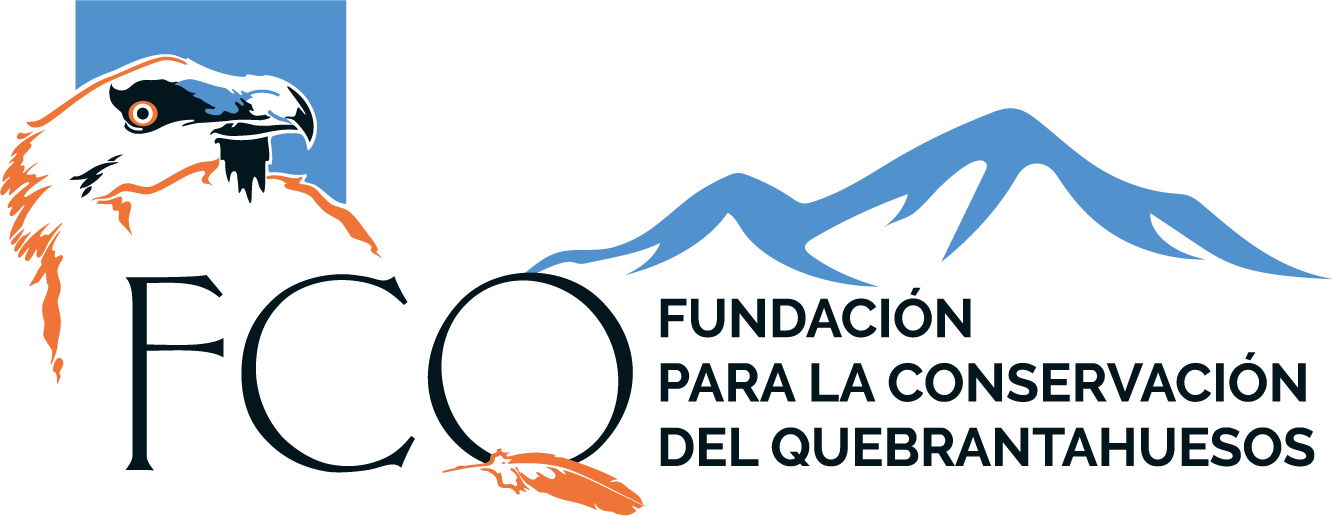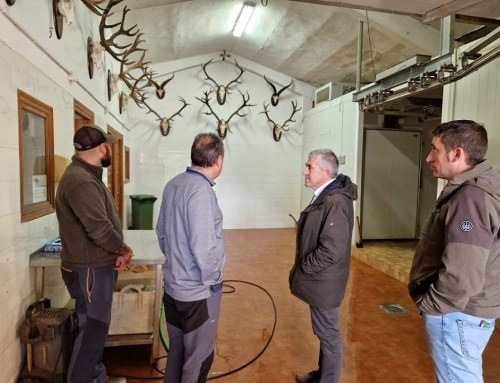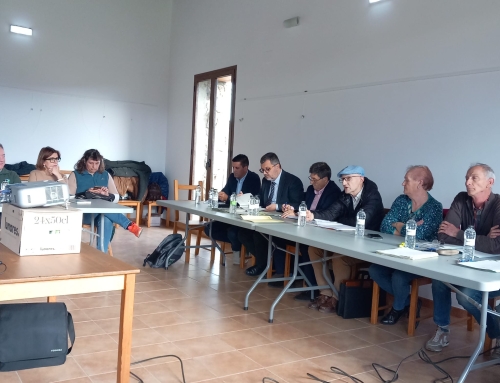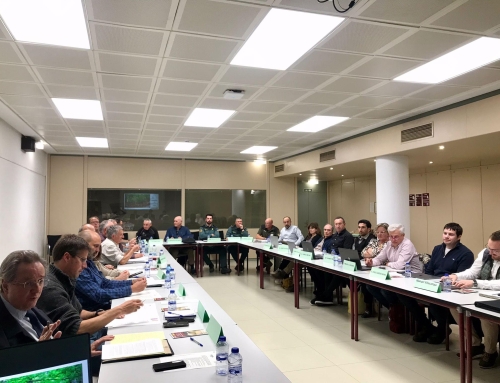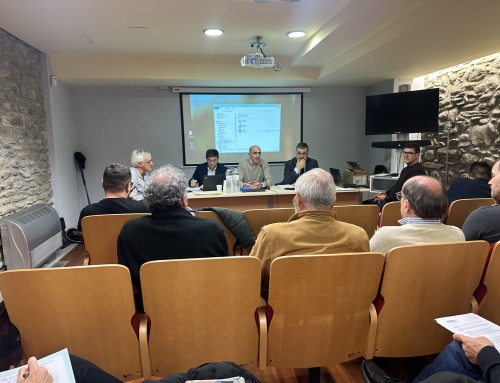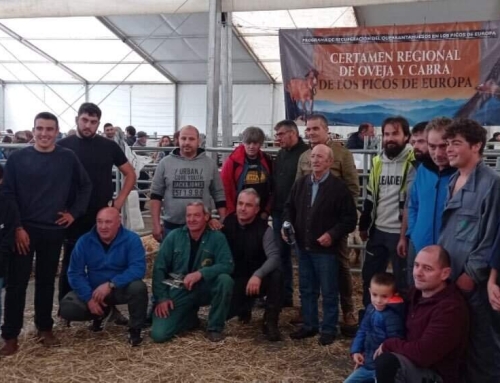
Jorge Pueyo asks the Spanish Government about the death of a bearded vulture by a wind turbine in Maestrazgo.
The CHA deputy for the Sumar coalition presents an initiative in Congress. The wind deployment in Maestrazgo forces to stop the reintroduction of the bearded vulture. Two new specimens of bearded vultures are already flying over the Maestrazgo of Teruel. One of the bearded vultures of the European LIFE project that were released in Maestrazgo was found dead. The CHA deputy for the coalition Sumar, Jorge Pueyo, has asked the Government of Spain for the death, last June 6, of the female Masía, a specimen of bearded vulture, a species in danger of extinction in the country and already extinct in much of Europe, hit by a wind turbine in the town of Luco de Bordón, in the region of Maestrazgo in Teruel. This is the first case of a bearded vulture killed by a wind turbine in Spain, so the parliamentary question for written answer recorded is as follows: “What assessment does the Government about the death of the bearded vulture Masía in Luco de Bordón (Co. Maestrazgo, province of Teruel) due to the impact of a wind turbine? What measures is the Government going to adopt to try that facts like this cannot be repeated again or, at least, to reduce in the future the mortality of birds in wind farms?”. “Do you plan any measures to verify the figures of dead animals offered by environmental consultants working at the service of energy companies, as well as to ensure compliance with the protocol of action of the Ministry for Ecological Transition and the Demographic Challenge of mandatory compliance for conflicting wind turbines in terms of mortality of threatened or endangered birds?”, he continued. In the background, the Aragonese deputy of the Plurinational Group Sumar has recalled that Masía had been released in the Maestrazgo Teruel in 2022 by the Foundation for the Conservation of the Bearded Vulture (FCQ) along with his companion Sabino, who died four months after arriving by a collision with a power line. With the death of Masía, the last Bearded Vulture that flew over the skies of Teruel disappears, CHA has indicated in a press release. The satellite beacon that carried the specimen, which was monitored daily by the FCQ, alerted of an anomaly of activity that made suspect that Masía had suffered an accident. Masía’s carcass was located in the Refollas wind farm complex, located between the provinces of Castellón and Teruel and managed by the companies Renomar and Acciona. The necropsy confirmed that death was caused by the impact of a wind turbine. Foundation for the Conservation of the Bearded Vulture According to the Foundation for the Conservation of the Bearded Vulture, the death of Masía is evidence of the deadly impact that ill-conceived wind power complexes have on Spanish biodiversity. In the fall of 2023, the Foundation was forced to suspend the bearded vulture reintroduction project in the Sierra del Maestrazgo due to the “high risk of collision and death”, after noting and documenting that the wind deployment underway was invading areas with a high density of large gliding birds, such as griffon vultures, golden eagles and Bonelli’s eagles. The lawyers of this NGO will file a complaint before the Environmental Prosecutor’s Office of Teruel to investigate the death of this vertebrate animal.
Although there is no record of the loss of birds due to collisions with wind turbines or impacts with the associated power lines of these farms, according to the foundation’s records, between 400 and 500 vultures die every year in Aragon. For its part, SEO/BirdLife puts the number of birds killed as a result of collisions between 2008 and 2018 in Spain at 57,026. The majority (50,968) due to impact with power lines. To a lesser extent, 6,058 cases, by wind turbines. The report, published in 2023, clarifies that these deaths correspond to birds attended to in the wildlife recovery centers of the autonomous communities, so it follows that “the real figures are higher”, as explained in the compilation work. Entities dedicated to the protection of birdlife doubt the reliability of the information provided by the environmental consultants, since they depend on the companies that hire them, whose interests are contradictory to the death of a large number of birds in the wind farms they own. The absence of their own controls by the administrations forces them to accept the data provided by the environmental studies of the companies, despite the fact that they are interested parties. Likewise, there are doubts that the wind power companies are complying with the obligation to stop the operation of a wind turbine when they repeatedly detect bird deaths.
Source:
